For those of you who love coffee, have you noticed a popular "niche" variety called "Sidra" when stocking up on beans recently? In this article, Qianjie will talk about the Sidra variety and take a look at its story.
The "highlight moment" of Sidra
The reason why Sidra has become so well-known is largely due to the two-time World Barista Champion who "represents" it.
In 2019, the coffee beans chosen by the champion of the World Barista Championship (WBC), the Korean player Jooyeon Jeon, came from the Sidra coffee of the La Palma y El Tucan estate in Colombia. On the same stage, the third-place winner, Cole Torode, also chose the Sidra batch from this estate.

And the champion of the just-released World Barista Championship last year, Anthony Douglas from Australia, also won the championship with the Sidra variety of coffee beans, selected from the anaerobic fermentation batch of Finca El Diviso in Colombia. With Anthony's victory, the popularity of the Finca El Diviso in Colombia and the Sidra variety continues to rise in the specialty coffee circle.

The blurred origin of Sidra
Sidra, transliterated as "Sidra", is also called "Sydra" or "Bourbon Sidra" by coffee farmers, which means "apple juice" or "apple wine" in Spanish. Currently, the Sidra variety is generally considered to be a hybrid of Typica and Red Bourbon. When cupping, it is often described as having both the sweetness of Bourbon and the pure and clean of Typica.
It is understood that Sidra is an experimental variety from a coffee breeding center established by Nestle in the northern province of Pichincha, Ecuador, in the early years. The main task of the institution is to crossbreed Ethiopian native species with local Typica or Bourbon. Later, the operation was interrupted, leaving many hybrid varieties in the fields.
When collecting relevant information, some materials mentioned that the World Coffee Research Center (WCR) conducted genetic identification of the Sidra variety, and the results showed that it was closer to the local native species in Ethiopia.
In 2021, Dr. Shao Changping also conducted a genetic type identification of two types of Sidra on the market. He found that the pointed Sidra does not contain Typica genes and is closer to the Geisha or Ethiopian native variety mixed with other genes; while the round Sidra should be a hybrid of Typica and Geisha.
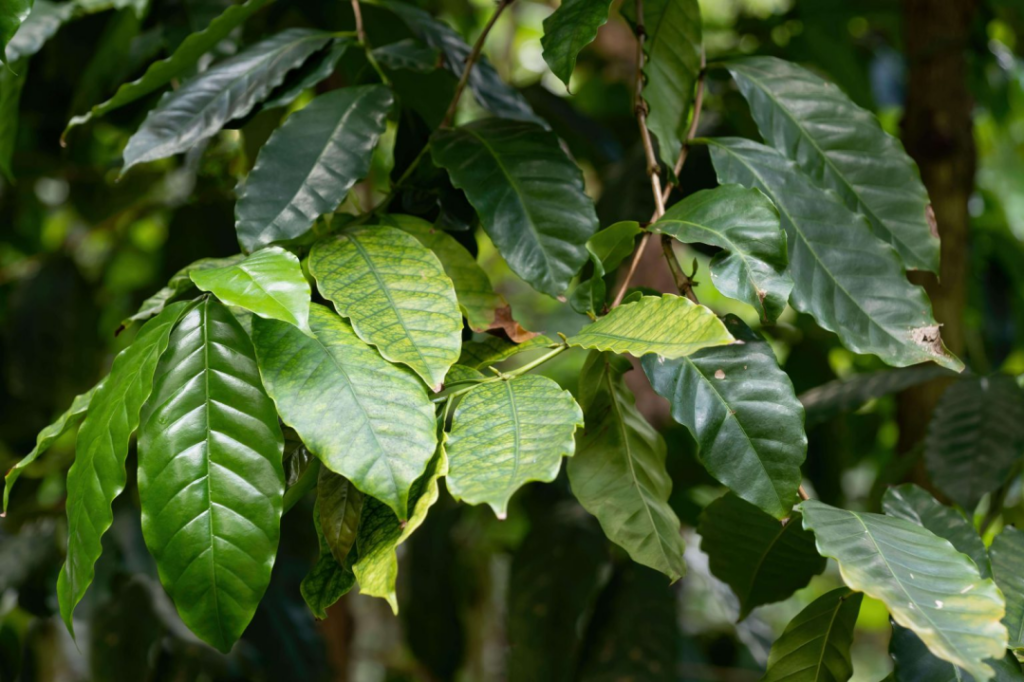
Characteristics of the Sidra variety
Although genetic testing shows that Sidra has a genetic link with Ethiopian coffee varieties, it is currently mainly grown in two countries, Colombia and Ecuador. Looking back at the first Ecuadorian Cup of Excellence (COE) competition in 2021, the Sidra variety achieved excellent results in 2nd, 5th, 6th, 8th, 16th, 20th, and 21st places. As the second major growing area at present, the Sidra in Colombia is often used as the competing beans for the players. In addition, some coffee-producing areas also grow a small number of Sidra varieties for experimental purposes.
Sidra coffee plants are usually distributed at an altitude of 1650-1800 meters, with thick trunks that can reach up to 4 meters. Proper shading is required during planting, and it is immune to many pests, but it is prone to leaf rust and coffee berry disease. The leaves are slender and bloom in five petals. The fruits are densely distributed, so the yield is high, and the fruits are larger and more rounded than most Arabica varieties; the raw beans are slender and linear, somewhat similar to Geisha.
In the green bean competition, high-quality sharp Sidra varieties, such as the washed batch, are often described as the base of brown sugar, citrus, honey, and berries, with an exquisite floral expression. It just corresponds to the impression of the local native species in Ethiopia. Mr. Han Huaizong also mentioned in the book, "No wonder the sweet feeling and floral charm are very similar to Sidamo (Sidamo) or Geisha."
When the current street conducts cupping on the anaerobic solar-dried Sidra of the Boundary Estate, it feels the comprehensive fruity aroma of passion fruit, citrus, grapes, and honey. As the temperature drops, it tastes like a bright acidity of orange juice, mixed with a little cinnamon spice, and after swallowing, it has the remaining sweetness of cocoa in the mouth.

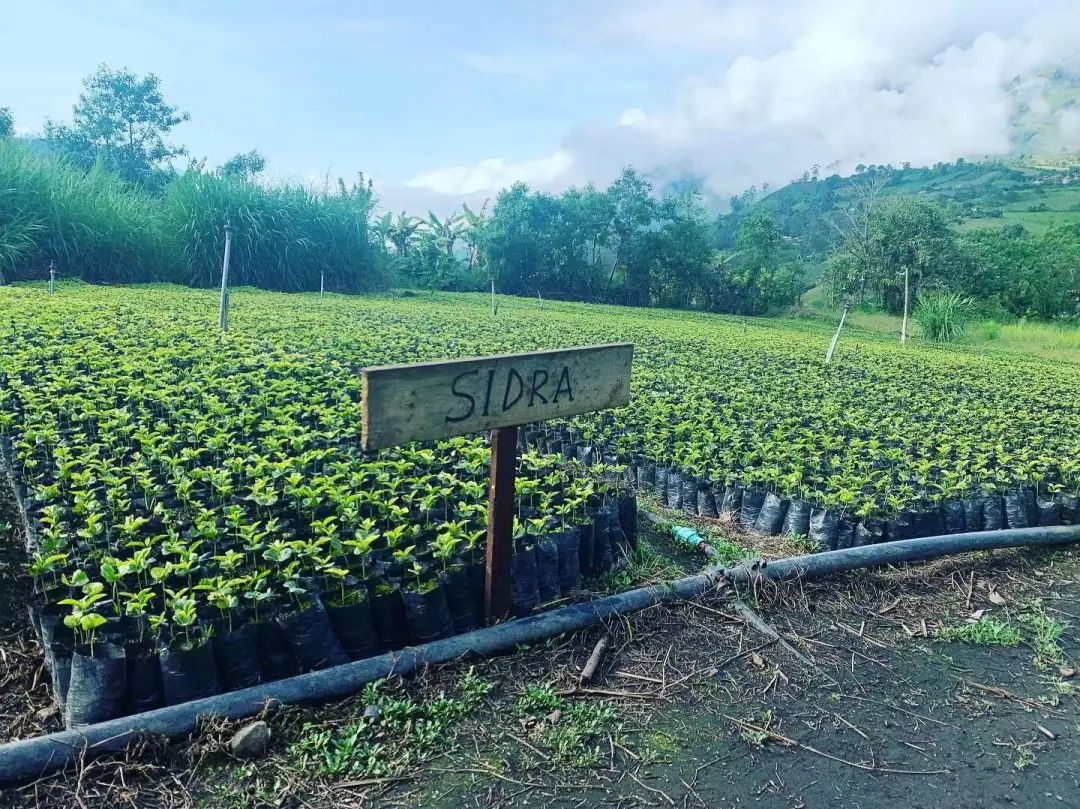
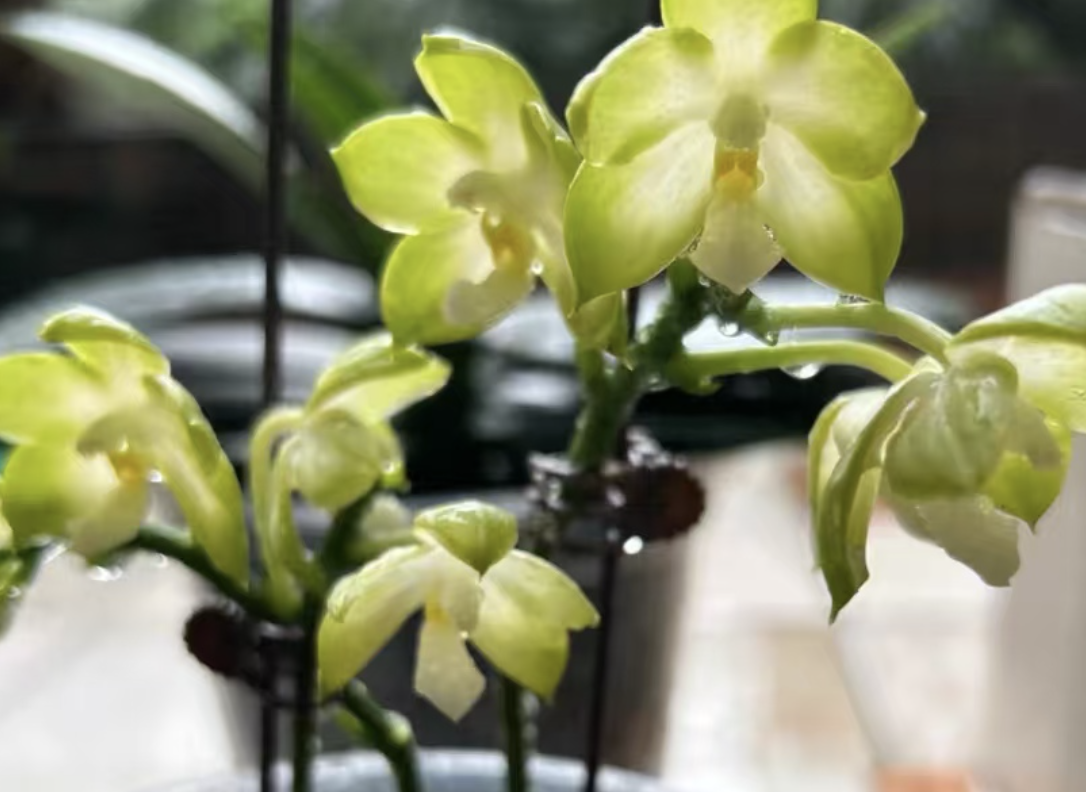
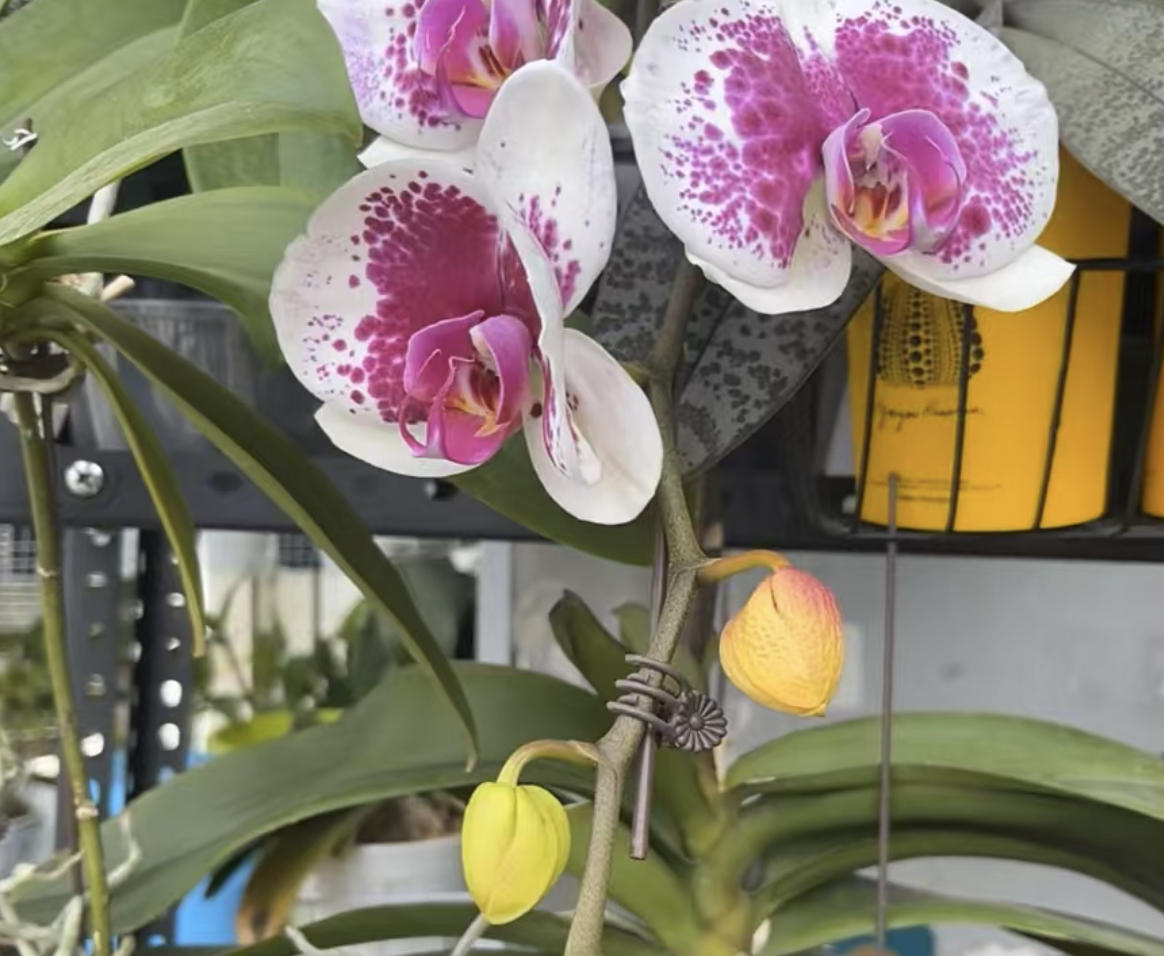
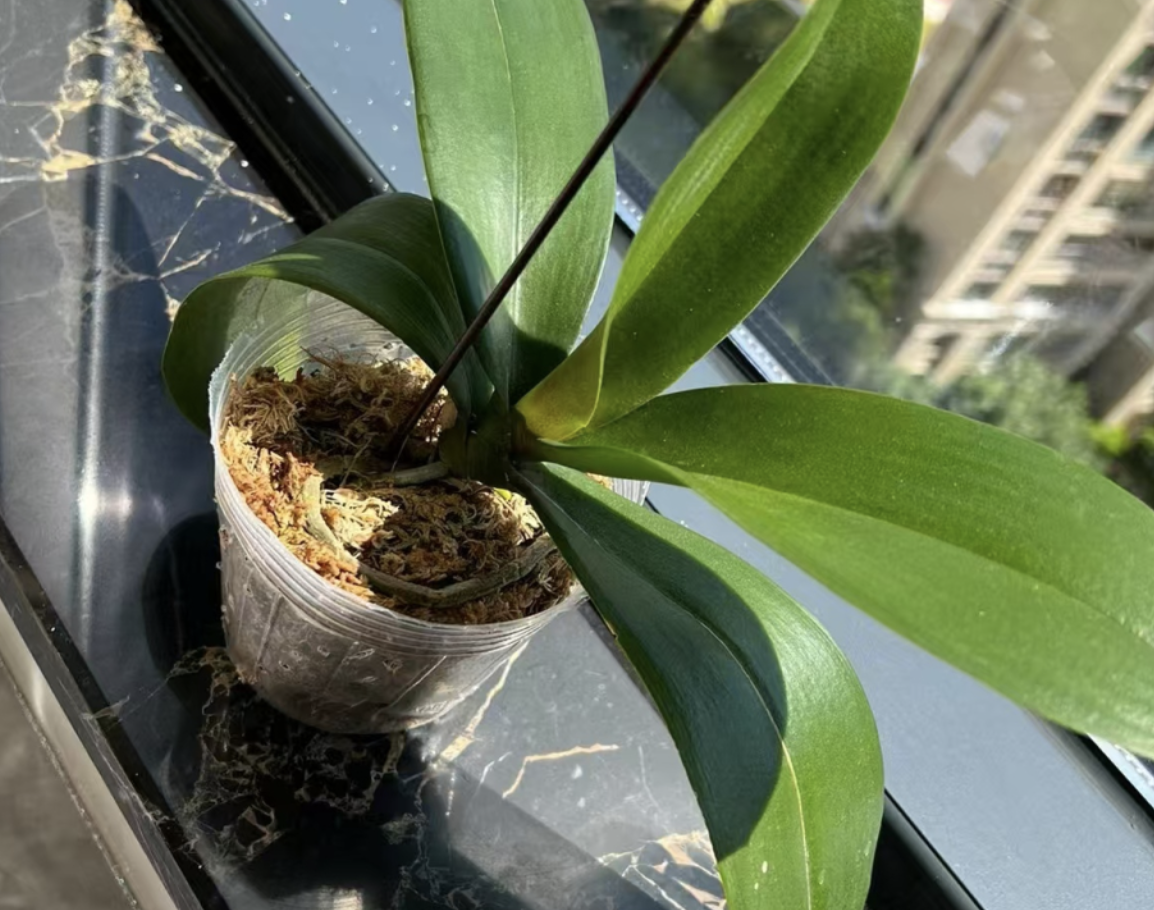
Leave a Reply